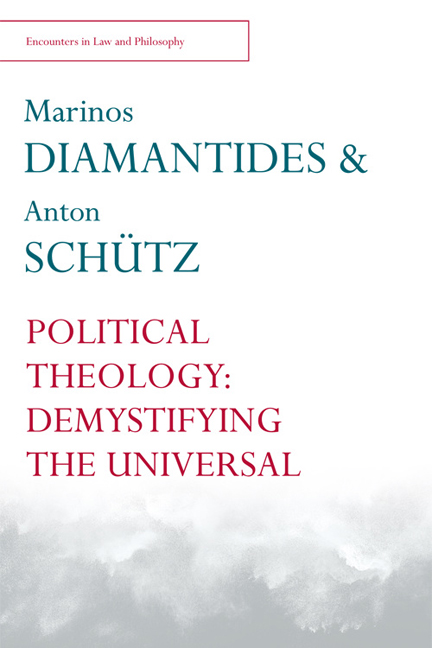Book contents
- Frontmatter
- Contents
- List of Illustrations
- Acknowledgements
- Notes on Contributors
- Series Editor's Preface
- 1 Introduction
- PART I SURPLUS PRODUCTION, URBAN GROWTH AND THE ENVIRONMENT
- PART II FRONTIERS AND FRONTIER LANDSCAPES
- PART III CONTESTED TERRITORIES AND CULTURAL CONTACTS BETWEEN PERSIA AND ROME
- PART IV IMPERIAL POWER BALANCE AND INTERNATIONAL RELATIONS
- 11 Innovation and Stagnation: Military Infrastructure and the Shifting Balance of Power Between Rome and Persia
- 12 The Arabian Frontier: A Keystone of the Sasanian Empire
- 13 The India Trade in Late Antiquity
- Index
13 - The India Trade in Late Antiquity
from PART IV - IMPERIAL POWER BALANCE AND INTERNATIONAL RELATIONS
Published online by Cambridge University Press: 22 December 2017
- Frontmatter
- Contents
- List of Illustrations
- Acknowledgements
- Notes on Contributors
- Series Editor's Preface
- 1 Introduction
- PART I SURPLUS PRODUCTION, URBAN GROWTH AND THE ENVIRONMENT
- PART II FRONTIERS AND FRONTIER LANDSCAPES
- PART III CONTESTED TERRITORIES AND CULTURAL CONTACTS BETWEEN PERSIA AND ROME
- PART IV IMPERIAL POWER BALANCE AND INTERNATIONAL RELATIONS
- 11 Innovation and Stagnation: Military Infrastructure and the Shifting Balance of Power Between Rome and Persia
- 12 The Arabian Frontier: A Keystone of the Sasanian Empire
- 13 The India Trade in Late Antiquity
- Index
Summary
The effects of long-distance maritime trade on the economic and political development of the hinterlands of port-cities are as evident on either side of the Red Sea as in South-East Asia. Both great powers of the west profited from the India trade in the fifth century, but with the deterioration in their relations after the 502–5 war, the Persians imposed an embargo on Roman trade with India, which Justinian tried and failed to break. Hence it was mainly through Persia that the products of the south and the east, including garnets from south India and Sri Lanka, reached Europe. The gold received in tribute from the Romans was probably destined for India. Close attention should be paid to references to trade in contemporary writings by members of elites which were largely indifferent to economic matters. They reveal inter alia the existence of a powerful business lobby in the Sasanian Empire.
While the early Roman centuries marked the high point of Mediterranean economic activity before the early modern period, it was in late antiquity that the growth of commerce gathered way in the wider world. There was increased traffic across Eurasia, from the late fourth century, when the city-states of Sogdia took control of the overland routes between China and the west, as well as those running south across the mountains to the subcontinent. This development in the north was dwarfed by the growth of longdistance trade by sea and of a series of interconnected maritime markets, itself facilitated by the extension of the Indian cultural zone over South-East Asia, as nascent states on the mainland and islands adopted Indian modes of rule and Buddhist beliefs. To the west of the subcontinent, in the Indian Ocean, there was increasing activity. Manufactured goods and natural products were exchanged between the Roman Empire, south Arabia, East Africa, the Persian Gulf, India and Sri Lanka. Growth continued in late antiquity, boosted, in the fifth century, by the opening of a direct sea route, through the Straits of Malacca, between the southern and eastern oceans. This facilitated trade between the Indian Ocean world and south China, and opened up the Java Sea as an active zone of exchange.
- Type
- Chapter
- Information
- Sasanian PersiaBetween Rome and the Steppes of Eurasia, pp. 284 - 304Publisher: Edinburgh University PressPrint publication year: 2017

